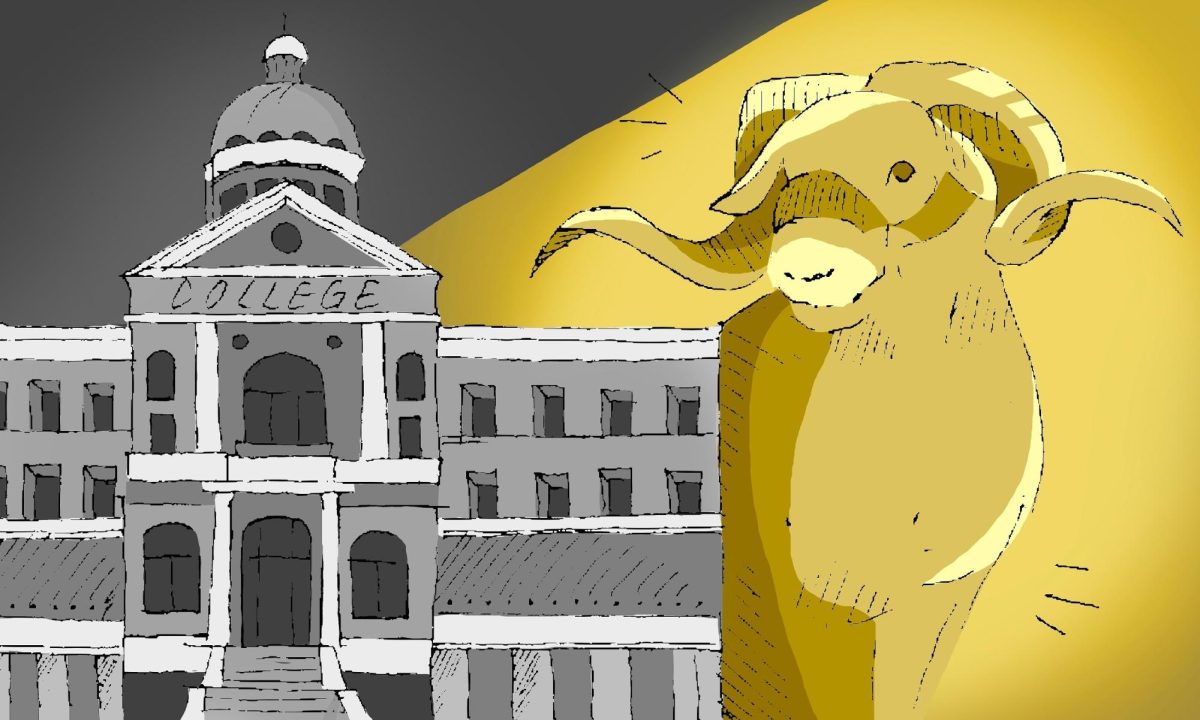South Carolina Gov. Nikki Haley rightly called for the South Carolina Legislature to consider the removal the Confederate battle flag from the South Carolina capital grounds.
The flag has been a source of controversy since it was first flown over the South Carolina state capital grounds in 1961. The flag was placed atop the capital dome as part of Civil War centennial celebrations, and remained atop the capital dome until the South Carolina Legislature passed the Heritage Act of 2000. The act moved the flag from the capital dome to the Confederate Soldiers’ Memorial adjacent to the capital building on the capital grounds.
Debate concerning the flag’s placement on capital grounds was reignited following the horrific, racially-motivated murder of nine African-American worshipers at the Emanuel African Methodist Episcopal Church in Charleston, South Carolina.
“For many people in our state, the flag stands for traditions that are noble,” said Gov. Haley. “They see it as a memorial, a way to honor ancestors who came to the service of their state during a time of conflict. That is not hate, nor is it racism. At the same time, for others in South Carolina, the flag is a deeply offensive symbol of a brutally oppressive past. … The fact that it causes pain to so many is reason enough to move it from the capital grounds. It is, after all, a capital that belongs to all of us.”
As a symbol, a flag has the capacity to represent many different things simultaneously. The Confederate flag certainly represents brave sacrifice of Confederate soldiers who responded to their state’s call of duty. The flag also represents past and present white supremacy ideologies.
Intent matters in whether something is morally reprehensible. It is a person’s intention that separates murder from manslaughter, and it is the intentions of those who originally placed the flag atop the dome that are called into question when deciding whether that flag has any place on the capital grounds.
The fact that the South Carolinians’ of 1961, amidst the growing American Civil Rights Movement, decided to place the Confederate battle flag on top of their capital building is too strong a correlation to be dismissed as mere coincidence. It was just six years earlier in the case of Brown v. Board of Education that the U.S. Supreme Court struck down the legal legitimacy of segregation in schools and in the military, and it would be another three years until the Civil Rights Act. The timing of this action strongly implies that raising the flag was in optional response to progress made by the American Civil Rights Movement.
The selection of the Confederate battle flag offers us further insight into the intentions of those who originally hoisted the flag above the capital. Of the symbols or symbolic actions that could have been performed in celebration of their Civil War heritage, they decided to promote the Confederate battle flag to a place of high honor. Why choose a symbol that had been used specifically to inspire action towards the pursuit of a political agenda that endorsed racial inequality and slavery if you did not intend the symbol’s redisplay to again inspire action against human equity? Some may argue that Confederacy fought for the state rights not slavery. However, this slavery agenda is clearly represented in the Declaration of Causes of Seceding States.
After consideration of these facts, it becomes rather clear that the original intentions of those who placed the Confederate battle flag on the South Carolina capital did so in an effort to place legitimacy on the ideology of inequality, and to send a clear message that they were willing to fight to defend that ideology. It is for this reason that Gov. Haley is correct to in calling for the removal of the flag from the capital grounds.
Collegian Reporter David Becker can be reached at letters@collegian.com or on Twitter @mrbeckersir.




